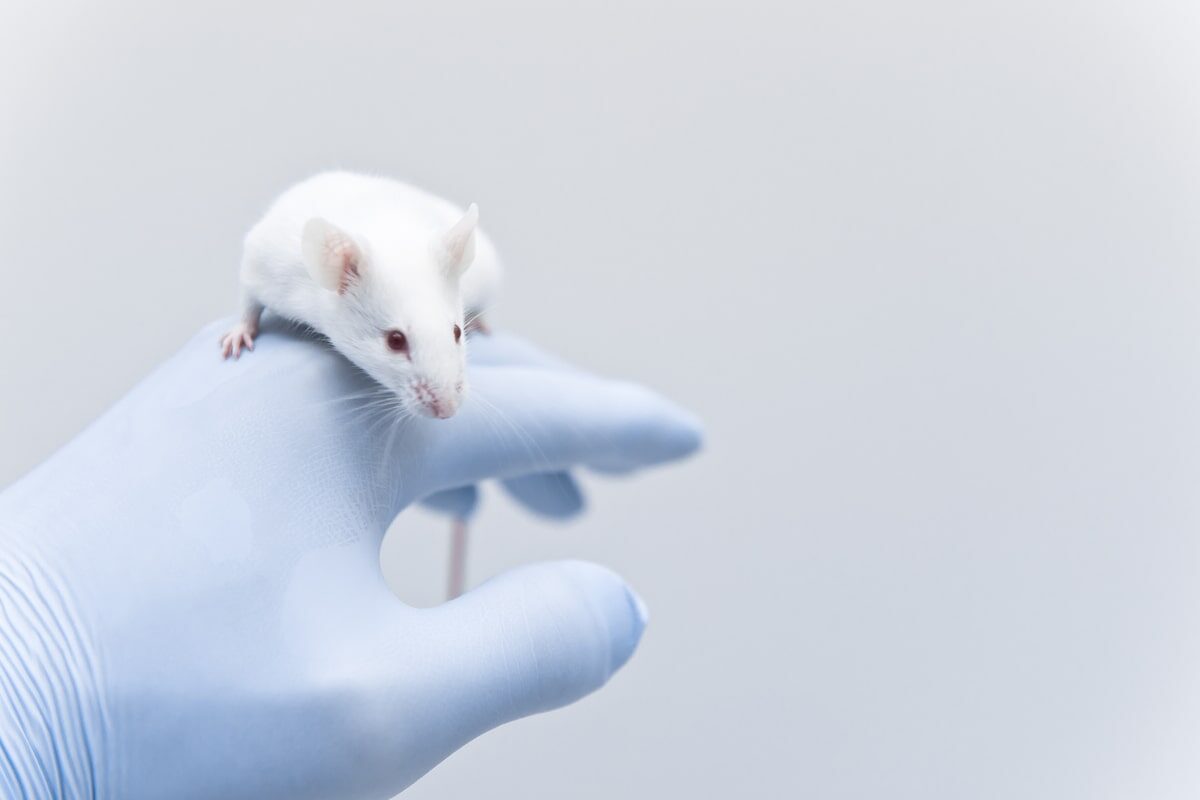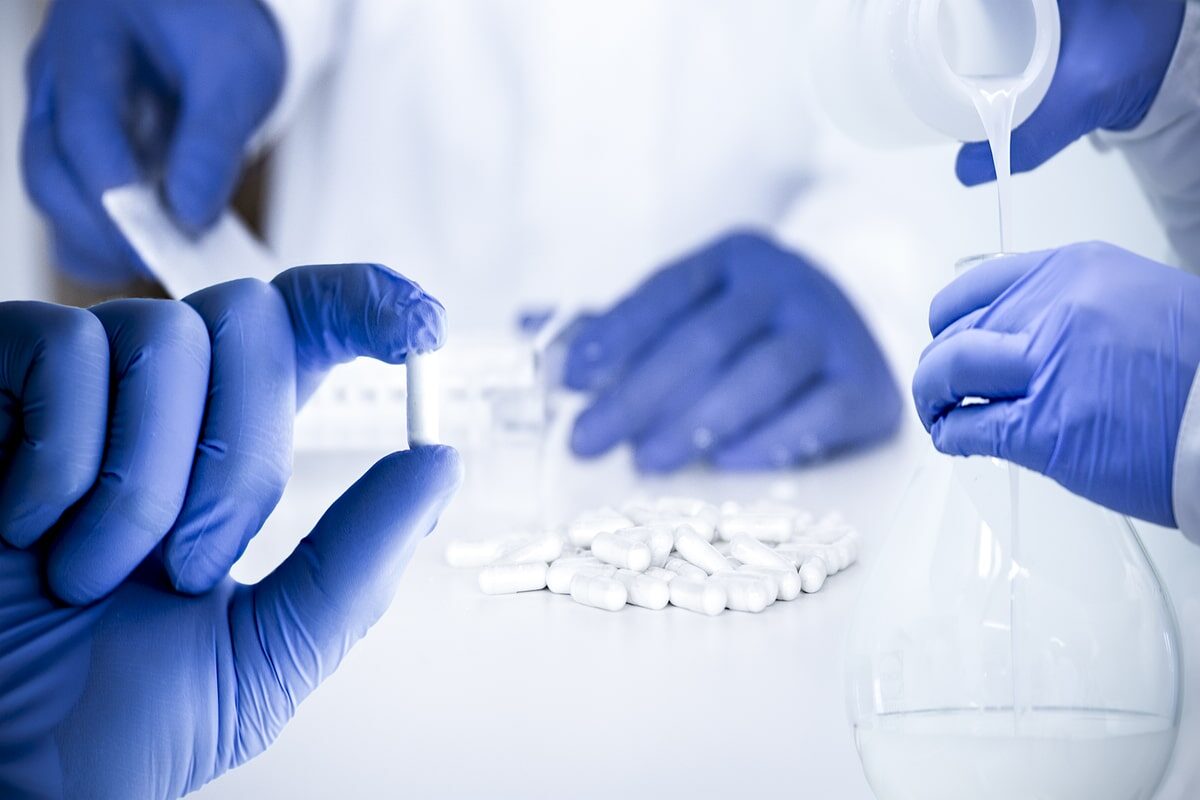It’s necessary to review your work before submitting to the journal. Now, you can either request your department head or a colleague to review your manuscript or take help of the professional medical editing and proofreading services. For many researchers, such professional medical proofreading services are economical because it enhances the quality of the research document.
But, before you submit your document to the professional editing and proofreading services, look at these suggestions on how to get the best out of their service:
Send your best document:
Professional editors are busy people. They have to pay attention to other’s documents as well and can devote only a part of their time to yours. So, it is good if you fix everything you can in the document before giving it to the editor. For example, missing/extra spaces, heading style, and consistency of the references’ list. This will help the editor stay focused and address the issues you can’t.
Tell your issues in advance:
If you have any issue with the terminology used in the document or the structure of the sentences, inform your editors in advance. This way the editor won’t waste his time looking for the problems but offer you the solution straight away.
Ask questions:
Majority of the medical editing services offer a facility to address the author’s questions regarding the edited document. Use this facility to seek answers to your queries and to learn from the editor. This will help you prepare your future manuscripts.
Provide the necessary information:
Give your editor all the information he needs for an effective edit. For example, the format of the document as per the journal guidelines, the name of your target journal, the recommended word count, and your contribution to the manuscript.
Provide your feedback:
If the editor misunderstood a technical term or has not adhered to certain conventions of your field, write to him about this. The editors welcome the suggestions from the authors. Also, if you do not agree with the changes he made, communicate such concerns to him. This will help him clarify why he made the change and you may agree with his logical explanation.
However, don’t criticise the editor even if you don’t agree with his viewpoint. If you appreciate his work, tell the editor about it. Consequently, he will take extra care to give a consistently good service to you in the future.
Remember, preparing a manuscript is a continuous process. It may not be possible to prepare publication-ready document after just one round of editing. Therefore, view your relationship with the editor as long-term and collaborative rather than a onetime transaction. Cooperate with your editor through multiple rounds of edits to get the best results. Finally, you can also take the help of your editor to answer the comments or the questions of the peer reviewers after submission.





